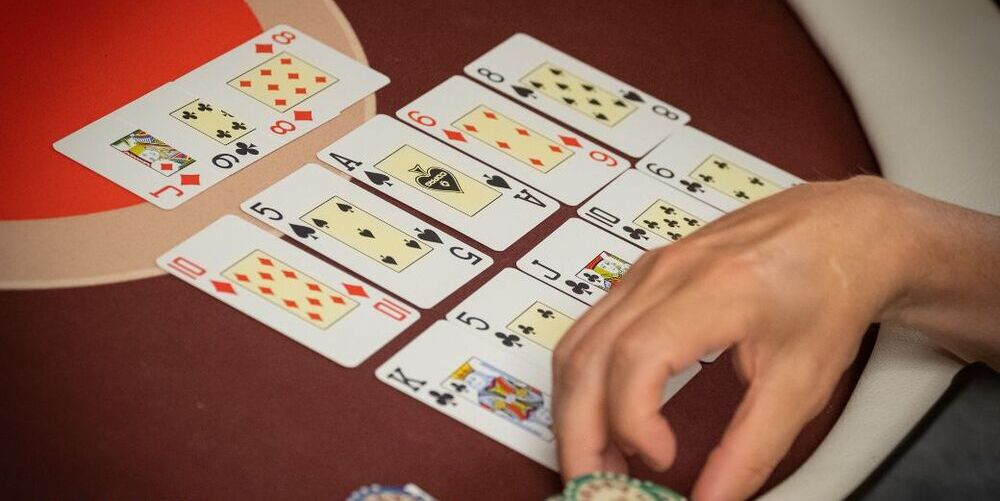Unraveling the Intricacies of Chinese Poker: A Comprehensive Guide

Among the many variants of poker that captivate gambling enthusiasts worldwide, Chinese poker holds a distinctive place. The game, known for its unique blend of strategy and luck, offers an exciting twist on traditional poker. This article will shed light on the rules, various types, strategic approaches, and the all-important probability factors of Chinese poker.
Rules of the Game
Chinese poker, also known as Pusoy, involves 2-4 players, with each player dealt 13 cards. The objective is to arrange these cards into three hands or “rows”: the “top” (3 cards), “middle” (5 cards), and “bottom” (5 cards). The bottom hand must be the highest-ranking poker hand, the middle hand second highest, and the top hand the lowest.
Each player, after arranging their cards, reveals their hands. Players compare each row with the corresponding row of their opponents. Standard poker hand rankings apply, and each winning hand earns a point.
Types of Chinese Poker
Variations of Chinese poker include Royals, 2-7 Chinese poker, Badugi Chinese poker, and Double Deck Chinese poker.
In Royals, the 10-J-Q-K-A of each suit are marked as “royals,” and an extra point is given for each royal in a player’s hand.
2-7 Chinese Poker follows similar rules as standard Chinese poker but with a twist – the goal is to make the lowest hand possible in the middle and bottom rows and the highest in the top row.
Badugi Chinese Poker is another variant where the aim is to make Badugi, a four-card low hand with all different suits, in all three rows.
Double Deck Chinese Poker is played with two decks of cards. It’s a high-intensity variant ideal for larger groups of 5-7 players, dramatically increasing the possible combinations and adding an extra layer of strategy.

Chinese Poker Strategies
Strategy in Chinese poker can make the difference between winning and losing. Here are a few key tips:
Don’t Overplay the Middle Box: Though it might be tempting to create a strong middle hand, remember it should not outrank the bottom hand. Overplaying the middle box can result in a foul, losing points.
Flushes and Full Houses Are Best Placed on the Bottom Row: Due to the strength of these hands, they’re best utilized in the bottom row. They’re usually too strong for the middle and too big to waste on the top.
No Need to Close the Top on the First Move: Many beginners try to set their top hand immediately. It’s better to keep options open until you see all your cards.
Probabilities in Chinese Poker
Understanding probabilities plays a significant role in Chinese poker. For instance, knowing the likelihood of being dealt a flush, straight, or full house can help make informed decisions when arranging hands. In a game of Chinese Poker, the probability of getting a pair is about 42%, two pairs around 23%, and three-of-a-kind approximately 2%. Remember, understanding the probabilities is crucial but shouldn’t overshadow strategic play based on the cards you’re dealt.
In conclusion, Chinese Poker, with its strategic depth and unique variants, offers a refreshing challenge for poker enthusiasts. Understanding its rules, variations, strategies, and the role of probabilities can significantly enhance your winning chances in this intriguing game.





